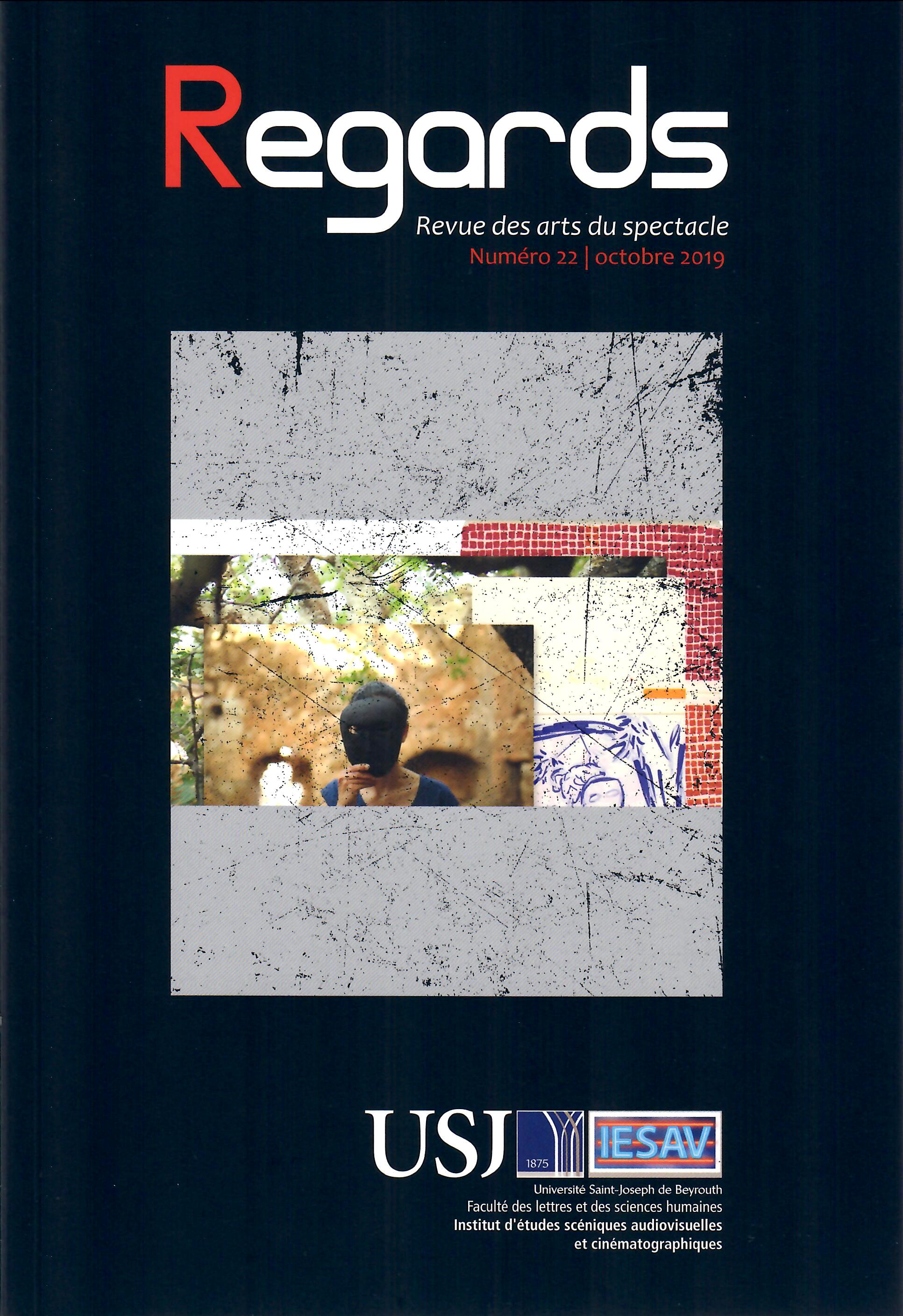Abstract
Starting from the filmed narrative of three characters: Abou Youssef, a homeless person, whom we find at day at the Sanayeh public garden, a Security person in charge of a crumbling building in the Grand Hotels’ sector and Fatmeh, who squats in an abandoned property in the same sector, this article introduces us into the heartland of Beirut through the eyes of tramps and vagabonds. It is made up of narratives and counter narratives that are built on elements of reality but that, in fact, speak of another dimension of reality where truth is no longer an issue. The stories are set in spaces, linked to the city of Beirut and its extensions through narrative maps that are drawn from the stories told by the characters themselves but also related rumors and a series of follow-ups and superposed versions. Behind the camera we find, Pascale Féghali, a visual anthropologist and Paola Yacoub, an artist, architect and archeologist, who in the framework of their research in the city, question the divide between reality and the imagination. They recur to real characters constantly reinventing themselves, and in the process, recreating reality itself in the narratives.

